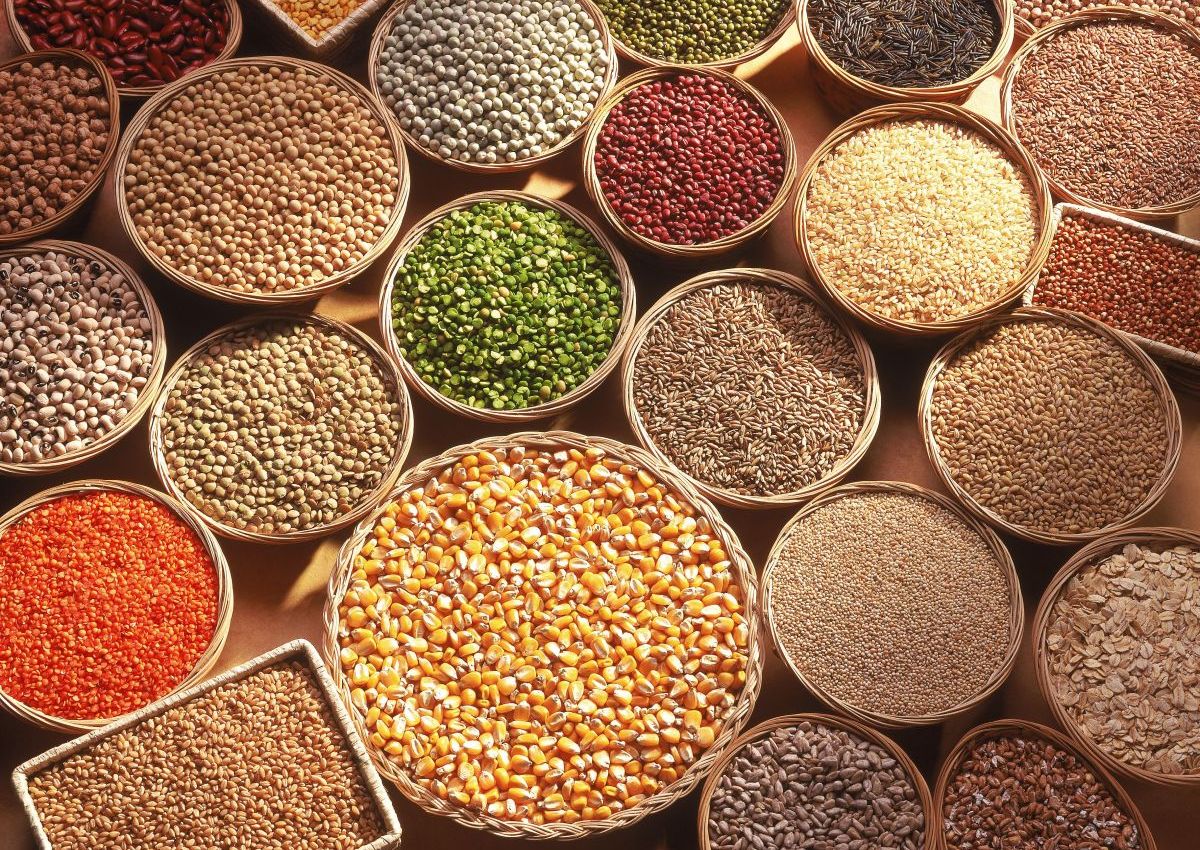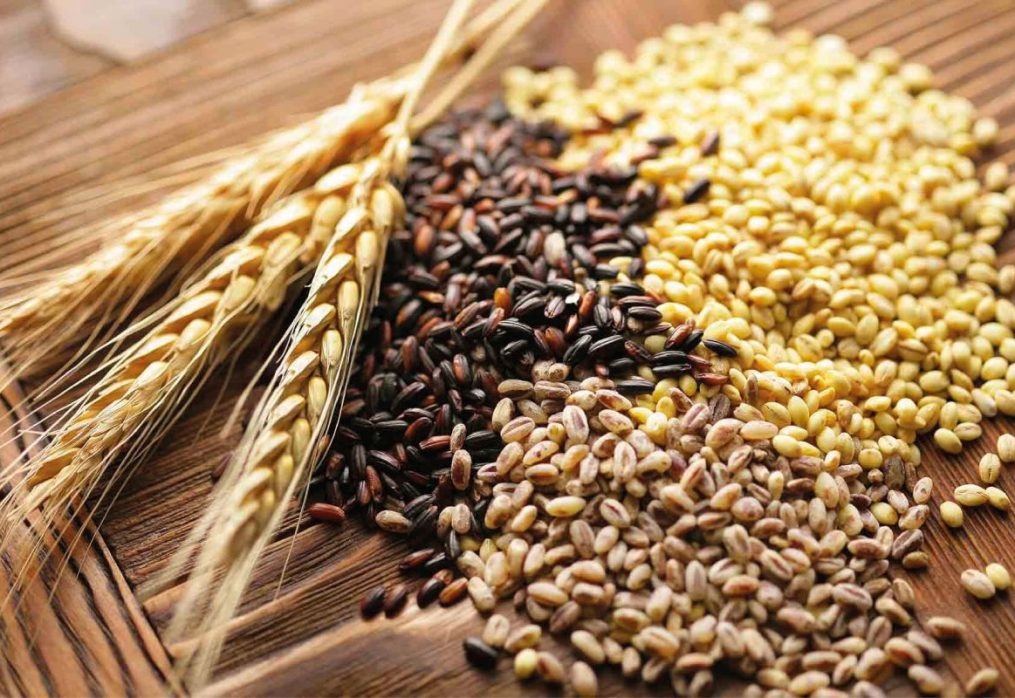Global demand for crops is changing: a report from Rabobank
Why demand for grains and oilseeds is growing
Rabobank published a report on the state of world trade in crops. According to him, a number of regions will see high demand for grains and oilseeds. This primarily concerns the increase in consumption in Asia and Africa. In turn, North and South America, as well as the Black Sea countries will increase export volumes. As noted by experts, the market is waiting for changes in trade processes, which are influenced by global factors.
One important trend that is actively developing is the growing demand for organic crops, and increasing their production. In addition, more attention is being paid to the diversification of crops, expanding the production of legumes.
Analysts have studied the main trade flows and important stages of development of the industry over the past 5 years. During this period, trade increased by 120 million tons, an average increase of 3.5% was observed. However, despite the rather high figures, compared to the five-year period before, the increase decreased by 6%. As for the increase in prices for grains and oilseeds, this figure amounted to 17%.
One of the key factors in the stable growth of trade volumes is the increase in incomes of the population. However, it should be understood that food habits in the world are changing, which may lead to new trends in trade processes. In addition, analysts are concerned about the strengthening of protectionist tendencies in a number of countries, which reduces the efficiency of activity in the world market, and as a consequence, understand the level of food security.
A striking example of changes in trade flows is the growth of imports in Africa. The region is increasingly buying grains and oilseeds, especially wheat, rice, soybeans, corn and palm oil.

A major reason for the change in the global market has been the increased demand for agricultural products from China, which has seen a jump in the growth of its pig population. The country had low stocks, due to which local farmers began to actively buy grain from other countries. According to the forecast, China’s imports this year could exceed 30 million tons.
Experts note that Brazil will become one of the main export countries, it will displace the leaders of the past seasons — the U.S. and Argentina. This will be facilitated by the Brazilian government, which increases the profitability of farms, and simplifies processes for the management of land plots for agricultural needs. It is estimated that Brazil will produce 155 million tons of soybeans by 2030, now at 122 million tons.
